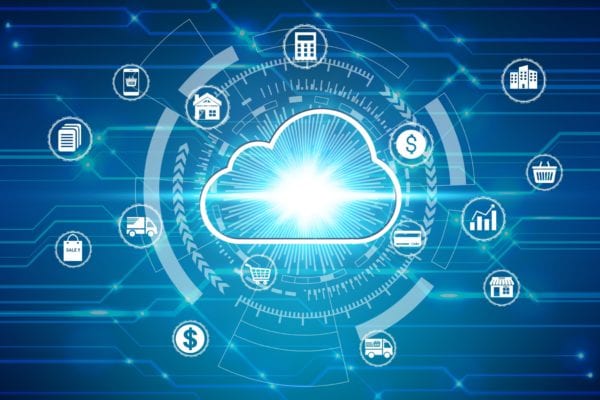The Cloud has been around a while, but the events of the past year has seen the adoption of cloud-based technologies surge. Office shutdowns because of the pandemic forced a vast number of businesses to finally dip their toes into the water – and discovered it was warm. Out-workers of all kinds liked it too, whether they were delivery drivers, administrators, creative artists or IT developers. The Cloud is now certain to permanently shift the terrain on which businesses compete and understanding the options has become an urgent necessity.
So far, the main growth areas are G Suite and Office 365. These are both classed as SaaS (Software-as-a-Service), but there are plenty of other ways to boost efficiency and save money. The other ‘as a service’ options are outlined below.
DaaS
Desktops-as-a-service are virtual desktop replicas created in the Cloud. A DaaS makes it possible to access files and programs just as you would from the desktop of your physical computer. They enable remote workers to move directly onto Cloud software with no additional training required.
CCaaS
Contact-centre-as-a-service quickly replaced traditional physical call-centres that could not function in the pandemic. A ready-made CCaaS contact centre allowed quality customer experience to continue seamlessly even though staff suddenly found themselves scattered everywhere. CCaaS provides customers with the means to contact staff, wherever they are, by multiple channels including social media, SMS, email and telephone.
BPaaS
Business-process-as-a-service (BPaaS) enables various forms of outsourcing many of which can be completely automated (including print services and payment processing). Services which still require some degree of human involvement (for example accounting and payroll) can also be supported across the Cloud using BPaaS.
PaaS
Platform-as-a-service (PaaS) provides a fully-equipped framework that enterprises can use to develop and deploy their own Cloud applications. It also provides tools and resources those applications may want to leverage, such as AI and Business Intelligence. By providing everything in the Cloud, it becomes much quicker and cheaper to develop specialised software without device-dependent problems. PaaS is a key element in Microsoft Azure. 60% of large enterprises already use it but it is increasingly within the reach of SMEs.
FaaS
Functions-as-a-service (FaaS) is similar to PaaS in many respects, by enabling providers to offer ‘serverless’ solutions, but it only charges users when a certain action occurs. Examples of FaaS include data-processing solutions like ETL as well as Amazon’s Alexa.
IaaS
Infrastructure-as-a-service manages the “back-end” of programming where normally a development team would have to build interfaces to control physical hardware resources like servers, CPUs and storage. When you develop in and for the Cloud you can simply leave these considerations to the IaaS platform. Once again IaaS is a key element provided in Microsoft Azure, and also in AWS and the Google Cloud. IaaS is what allows the Cloud to provide flexible and scalable solutions.
CaaS
Companies who develop their own software regularly use ‘containers’ to test them within safe controlled environments. A single container can hold more than one app or microservice but the wider network is protected in the event of a failure. Containers-as-a-service are effectively pre-built testing grounds that relieve developers of the burden of creating, scaling and managing their own, so they can focus all their attention on the application itself.
DBaaS
Database-as-a-service is also known as outsourced database management, and means that database administration and maintenance are all dealt with by a third-party Cloud provider. This is a great option for start-ups as it keeps costs down, allows them to scale up quickly when their demand increases, and also means everything can be setup before they launch.
DRaaS
Disaster-recovery-as-a service provides robust business continuity. Providers undertake vital backups, mirroring all the vital services, apps, and data in real time and providing sophisticated local restore points in the event of a problem. Security monitoring and penetration testing is also often included.
